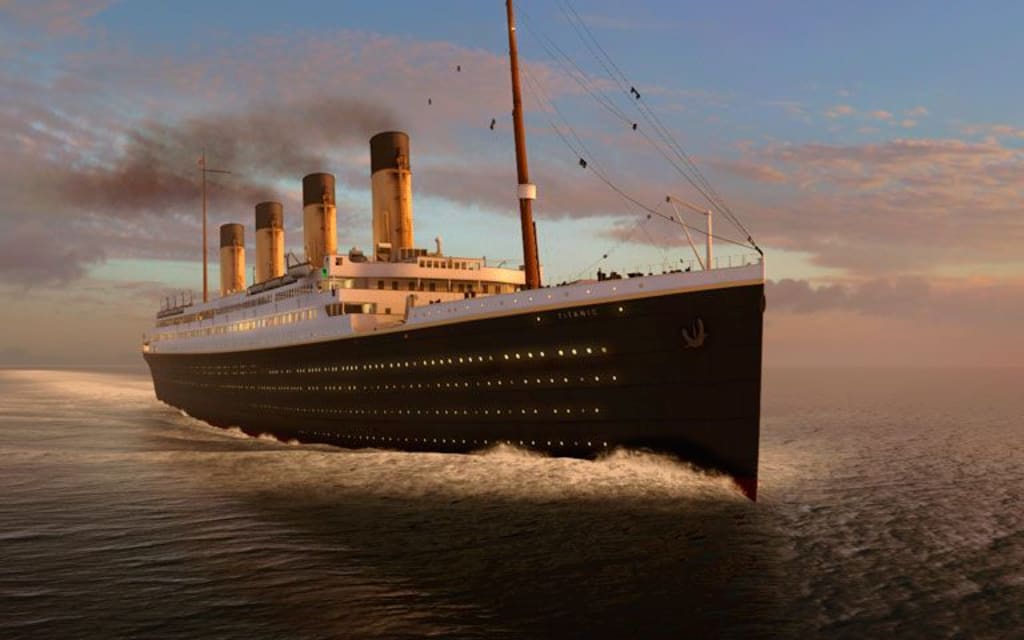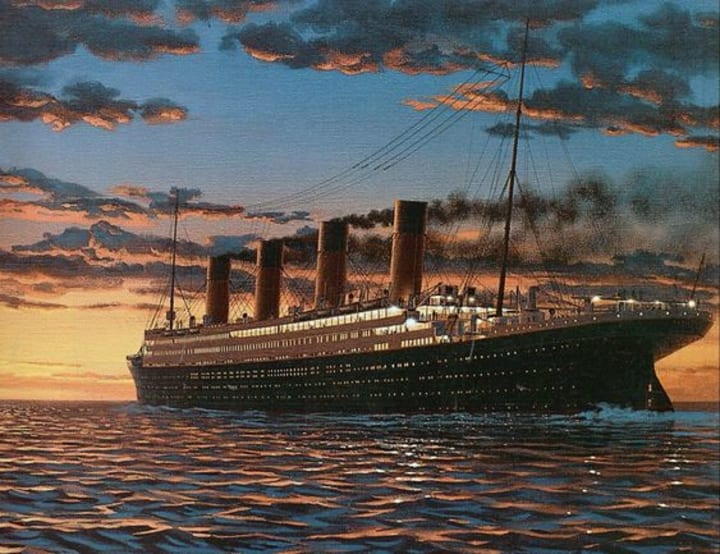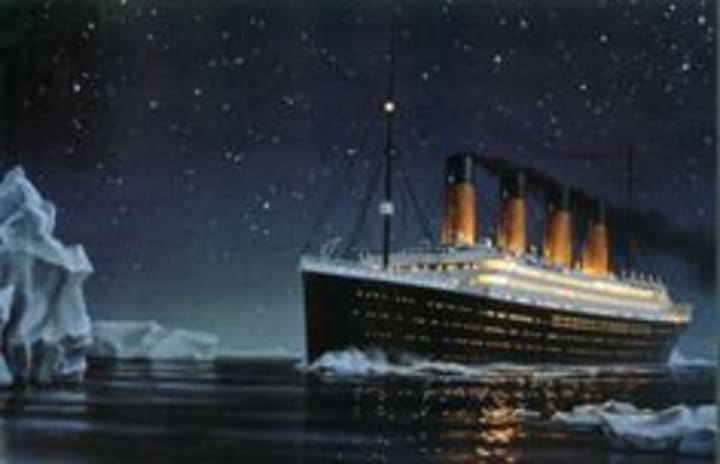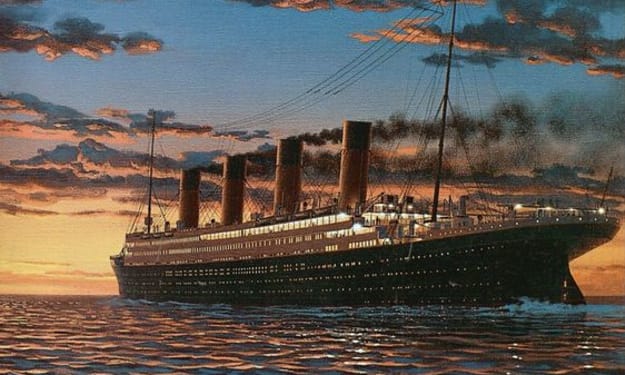The Titanic's Final Hours
A Harrowing Account of Survival and Loss

The "unsinkable" ship met its demise on its first trip, and the final hours of the Titanic were a time of confusion and sorrow. The crew and passengers started to worry as the ship started to take on water after hitting an iceberg. In the end, one of the worst maritime tragedies in history claimed the lives of nearly 1,500 people.
On April 10, 1912, the Titanic sailed from Southampton, England, with expectancy in the air. Almost 2,200 passengers and crew were on board the ship, which was the biggest and most opulent of its era. Businessmen, politicians, and celebrities were among the several wealthy and well-known passengers.
The initial days of the cruise went without a hitch. The passengers took advantage of the ship's various amenities, which included a swimming pool, a gym, and opulent suites, while the weather remained pleasant. On the evening of April 14, however, everything was different.
The Titanic collided with an iceberg in the North Atlantic around 11:40 p.m. The ship's demise was sealed at the moment of the impact. The ship's hull was ripped open by the iceberg, allowing water to flow into the lower compartments. The crew started pumping out the water and plugging the hole right away, but it was obvious that the ship was in serious difficulty.
Panic started to spread among the crew and passengers as the situation on the Titanic got worse. While others attempted to flee the sinking ship, some passengers refused to believe that it was sinking. The large number of passengers on board made it difficult for the personnel to keep the peace, despite their best efforts.
The Titanic's evacuation was a chaotic and terrible event. Only 20 lifeboats were available on the ship, which was far too few to accommodate all of the passengers and staff. Several individuals were then left to fend for themselves, diving into the chilly North Atlantic, or grabbing onto wreckage.
The lights went out and screams and cries filled the air as the ship started to sink. For those who had not discovered a lifeboat or other means of escape, the shock of the frigid water was followed by a desperate battle for survival.

There were tales of bravery and heroism among the mayhem. Even at the risk of their own lives, some passengers and staff members assisted others in getting into lifeboats. Others fought valiantly to keep the ship afloat even though they knew it was hopeless.
The Carpathia, a neighbouring ship, picked up the Titanic's distress call and sped to the site as it disappeared beneath the water. The crew of the ship laboured valiantly to save as many lives as possible from the icy seas after it arrived barely hours after the Titanic sank. They were able to save almost 700 persons in all.
The Titanic disaster had a significant aftereffect. It served as a wake-up call regarding the perils of hubris and the requirement for improved safety protocols on ships. Several maritime laws were made as a result of the catastrophe, notably the requirement that all ships carry enough lifeboats to accommodate all passengers and staff.
The Carpathia, a neighbouring ship, picked up the Titanic's distress call and sped to the site as it disappeared beneath the water. The crew of the ship laboured valiantly to save as many lives as possible from the icy seas after it arrived barely hours after the Titanic sank. They were able to save almost 700 persons in all.
The Titanic disaster had a significant aftereffect. It served as a wake-up call regarding the perils of hubris and the requirement for improved safety protocols on ships. Several maritime laws were made as a result of the catastrophe, notably the requirement that all ships carry enough lifeboats to accommodate all passengers and staff. The catastrophe brought people from all around the world together and demonstrated how tragedy can affect anyone, regardless of their upbringing or social standing.

The eormity of the catastrophe is another factor that keeps us fascinated by the tale of the Titanic's dying moments. One of the greatest maritime tragedies in history, over 1,500 people perished in a single night. Because the Titanic was designed to be unsinkable and because many people thought a ship of that size and stature could never sink, the death toll was especially tragic.
The Titanic disaster also emphasised the value of cooperation and teamwork in emergency situations. On board, there were moments of panic and commotion, but there were also many instances of people coming together to save lives and support others. Over the years, numerous people have been inspired by the bravery and strength of the crew and passengers who did their utmost to aid others in the face of tragedy.
Eventually, the Titanic disaster has influenced a great number of works of literature, motion pictures, and television programmes. The tale of the Titanic's final hours has been told and reinterpreted innumerable times over the years, from James Cameron's epic film Titanic to countless documentaries and historical accounts. This continued fascination with the disaster is a testament to its enduring impact on our collective imagination.
In conclusion, the Titanic disaster was a tragedy of epic proportions, and even now, more than a century later, we are still fascinated by the tale of the ship's dying moments. It united people from all over the world in a moment of shared sorrow and tragedy, serving as a wake-up call about the perils of arrogance and the significance of safety precautions. The accident caused a terrible loss of life, but it also spurred innumerable acts of bravery and continues to serve as a reminder of the frailty of human life and the value of cooperating during difficult times.
About the Creator
Enjoyed the story? Support the Creator.
Subscribe for free to receive all their stories in your feed. You could also pledge your support or give them a one-off tip, letting them know you appreciate their work.





Comments
There are no comments for this story
Be the first to respond and start the conversation.